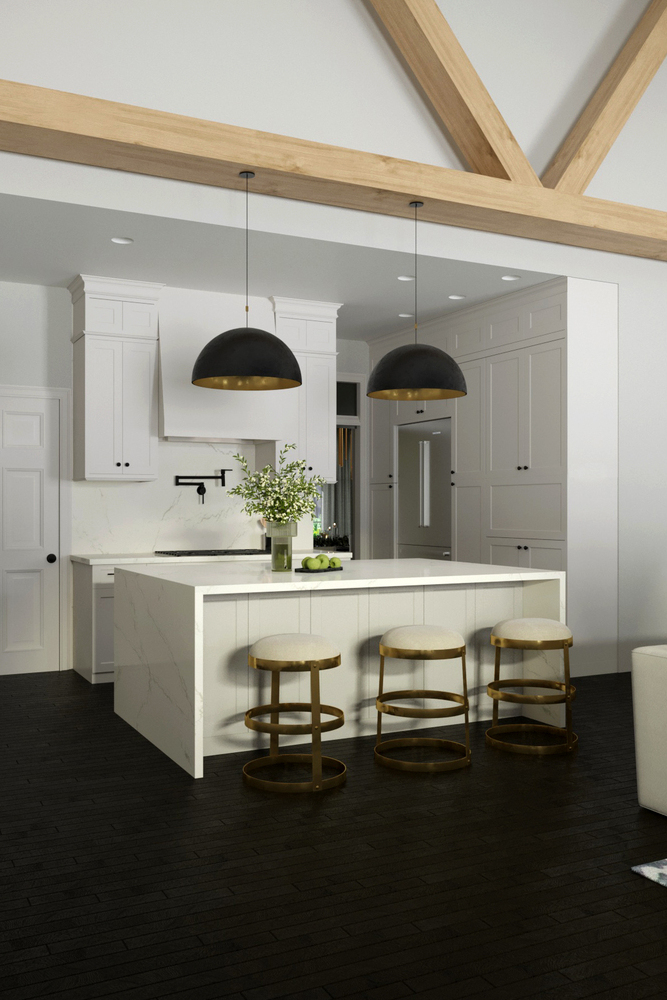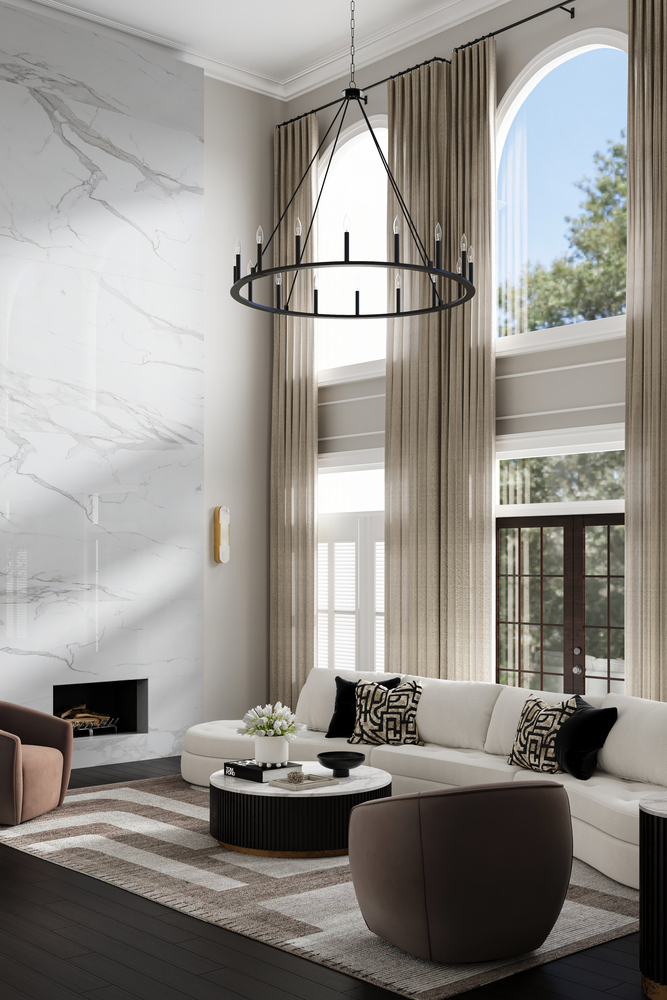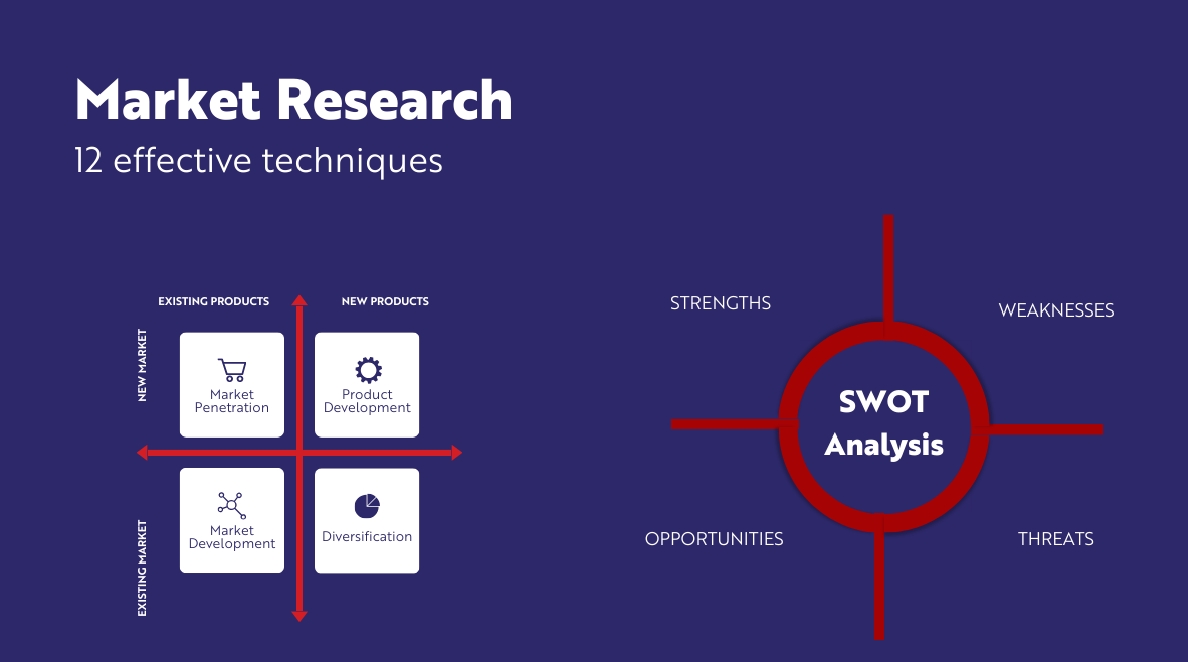Real Estate’s Virtual Transformation: The Rise of 3D Rendering

Introduction to 3D Real Estate Rendering
In the dynamic world of property development and marketing, the studio yousee has positioned 3D real estate rendering as a revolutionary tool, fundamentally altering how properties are visualized, designed, and marketed. This article delves into the transformative impact of 3D rendering technologies in the real estate sector, with a spotlight on yousee’s contributions. From offering immersive virtual tours to aiding in architectural planning and design, YouSee has made 3D rendering an indispensable asset. We will explore the historical evolution of this technology in real estate, its profound effects on marketing and design, and its promising future. As we journey through these facets, we uncover how yousee’s 3D rendering services are not just tools but game-changers in presenting and selling real estate.

Historical Evolution of 3D Rendering in Real Estate
Early Adoption and Technological Breakthroughs
The inception of 3D rendering in real estate dates back to the late 1990s, with rudimentary models primarily used for architectural presentations. However, the real turning point came with the advent of more advanced software like AutoCAD and SketchUp, which provided greater precision and realism in 3D models. The early 2000s saw a significant leap forward with the introduction of photorealistic rendering. This era witnessed the integration of advanced lighting techniques and high-definition textures, allowing for more lifelike and detailed property visualizations.
Milestones in 3D Rendering Technology in Real Estate
One of the pivotal milestones was the incorporation of ray tracing technology, which enabled the simulation of natural lighting and shadows, dramatically enhancing the realism of renders. The development of virtual staging software opened new horizons, allowing realtors to furnish and decorate properties virtually, appealing to a broader range of potential buyers. The introduction of 360-degree panoramic views and virtual tours in the late 2000s further revolutionized the industry, providing an immersive viewing experience to clients globally.
Impact of 3D Rendering on Real Estate Marketing
Enhancing Property Visualization and Marketing Strategies

3D real estate rendering has radically transformed marketing strategies within the industry. High-quality 3D visuals enable potential buyers to envision properties in a detailed and immersive manner, far surpassing the capabilities of traditional photography or 2D drawings. This is not just about showcasing the physical attributes of a property; it’s about evoking an emotional response, allowing buyers to visualize a future home or investment. Real estate agencies using 3D renderings report a significant increase in client engagement, as these visuals are more captivating and informative. Additionally, renderings can be used across various marketing platforms – from websites and social media to virtual reality experiences – broadening the reach and appeal of real estate listings.
Case Studies of Successful Real Estate Marketing Using 3D Rendering
Consider the case of a luxury residential development in New York City, where marketers used 3D renderings to create lifelike visualizations of the apartments. These renderings included detailed interior designs, lighting effects, and even accurate representations of the views from the windows. The result was a highly successful pre-sale campaign, with over 80% of the units sold before construction. Another example is a commercial real estate developer who used drone footage and 3D renderings to create a virtual tour of a large shopping center. This innovative approach attracted several high-profile tenants and investors who could understand the development’s scale, layout, and potential without a physical site visit.

3D Rendering in Property Design and Development
Role in Architectural Design, Planning, and Development
3D rendering has become a vital tool in architectural design and planning, offering a level of precision and realism that is invaluable in the development phase. Architects and designers can create detailed models of their projects, allowing for thorough exploration and testing of architectural concepts before any physical construction begins. This capability significantly reduces the risk of costly errors and design changes during construction. For instance, architects can use 3D renderings to experiment with different materials, lighting conditions, and environmental settings, ensuring that the final construction aligns closely with the intended design. Furthermore, these renderings can secure approvals from planning authorities and stakeholders by providing a clear and realistic visualization of the proposed development.
Virtual Staging and Its Benefits in Showcasing Properties
Virtual staging has become a cornerstone in real estate marketing, particularly in selling residential and commercial spaces. It uses 3D rendering techniques to furnish and decorate a property digitally, enhancing its appeal to potential buyers or renters. This approach is cost-effective compared to traditional staging. It offers flexibility in terms of style and decor, making it easier to tailor the look of a property to specific market demographics. Virtual staging can transform empty, uninviting spaces into warm, attractive homes or vibrant, functional commercial areas. Real estate agents utilizing virtual staging have noted a substantial increase in interest and engagement from clients, as it helps them visualize the potential of a space more effectively.
Incorporating Sustainability in Design Through Rendering
3D rendering also plays a crucial role in sustainable design practices in real estate development. By enabling architects and designers to simulate different environmental conditions and analyze the energy efficiency of a building, 3D renderings can help make informed decisions that contribute to sustainability. For example, designers can assess how natural light will flow through a building throughout the day, reducing reliance on artificial lighting and contributing to energy savings. Similarly, renderings can be used to simulate the thermal performance of different materials, helping select those that will enhance a building’s insulation and energy efficiency.
The Future of 3D Rendering in Real Estate
Emerging Trends and Technologies in 3D Rendering
The horizon of 3D real estate rendering is rapidly expanding with the advent of cutting-edge technologies and trends. Integrating artificial intelligence (AI) and machine learning into rendering software is one of the most significant developments. This integration is poised to revolutionize the rendering process by automating and optimizing various aspects, such as lighting adjustments and texture creation, making the process faster and more efficient. Another emerging trend is virtual reality (VR) and augmented reality (AR) in conjunction with 3D renderings. VR and AR technologies provide immersive experiences that allow potential buyers to virtually walk through and interact with properties, irrespective of their physical location. This enhances the buyer’s experience and broadens the market reach for real estate developers and agents.
Additionally, the implementation of cloud-based rendering services is gaining traction. These services offer high computational power without expensive hardware, enabling small firms and independent architects to produce high-quality renderings. The application of real-time rendering, primarily driven by advancements in gaming technology, is also making its way into real estate. This approach allows instant visualization changes, enabling clients to see the effects of design modifications in real-time, greatly facilitating decision-making processes.
Predictions for the Future Impact on the Real Estate Industry
The impact of 3D rendering on the real estate industry is expected to grow exponentially. One of the critical predictions is the increased customization and personalization in property design and marketing. Potential buyers or tenants can modify the design and decor of a property in real time during virtual tours, tailoring it to their preferences. This interactivity level could redefine customer engagement standards in real estate marketing.
Moreover, the evolution of 3D rendering technologies will likely make sustainable and eco-friendly design more accessible. Enhanced simulation capabilities will enable developers and architects to assess the environmental impact of their projects more accurately and explore sustainable alternatives efficiently. Another anticipated advancement is data integration, where 3D renderings could be seamlessly combined with geographic information systems (GIS) and other data sources to provide more comprehensive property analyses.
Conclusion: The Transformative Power of 3D Rendering in Real Estate
Summarizing the Changing Landscape in Real Estate Due to 3D Rendering
The advent and evolution of 3D rendering technologies have profoundly transformed the real estate landscape. Every facet of real estate development and transaction has been impacted, from conceptualization and design to marketing and sales. 3D rendering has enhanced the visual presentation of properties and improved the efficiency and accuracy of architectural planning and design. Marketing strategies in real estate have evolved from static images to dynamic, interactive visual experiences, fundamentally changing how properties are marketed and sold.
Final Thoughts on the Ongoing Evolution and Potential of 3D Technologies in Real Estate
As we look to the future, it’s clear that 3D rendering technologies will continue to play a pivotal role in shaping the real estate industry. The ongoing evolution of these technologies promises to bring even more sophisticated tools and capabilities. We can anticipate a future where real estate decisions, from buying a new home to investing in large commercial properties, are increasingly influenced by the enhanced realism and interactivity provided by 3D renderings. This technology is not just a tool for visualization but a catalyst for innovation, enabling more informed decision-making, greater creativity in design, and more effective marketing strategies.
The potential of 3D rendering extends beyond mere aesthetics; it’s a tool for problem-solving and innovation. For instance, in urban planning and development, 3D renderings can aid in visualizing and assessing the impact of new developments on existing communities and environments. This capability can lead to more sustainable and community-friendly urban development projects.
Moreover, as technology advances, we can expect 3D rendering to become more accessible and user-friendly. This democratization of technology will empower more real estate professionals, regardless of their technical background, to harness the power of 3D visualization in their work. Integrating 3D rendering with other emerging technologies like big data analytics and the Internet of Things (IoT) could further enhance the functionality and application of this technology in real estate.
In conclusion, the transformative power of 3D rendering in the real estate industry is undeniable. It has already begun reshaping how we design, market, and interact with real estate. As technology advances, the possibilities are boundless, heralding a new era in the real estate industry where innovation, efficiency, and creativity are at the forefront. This evolution benefits professionals in the field and provides a more engaging and informative experience for consumers, ultimately leading to a more dynamic and responsive real estate market.



